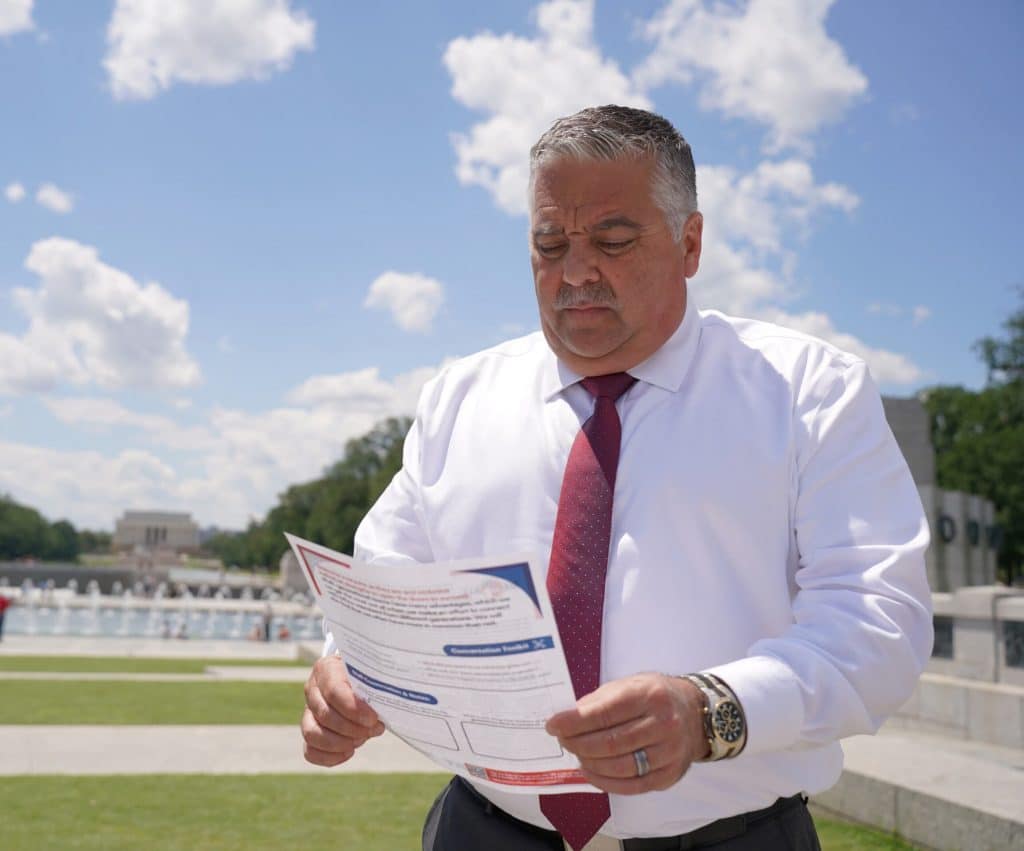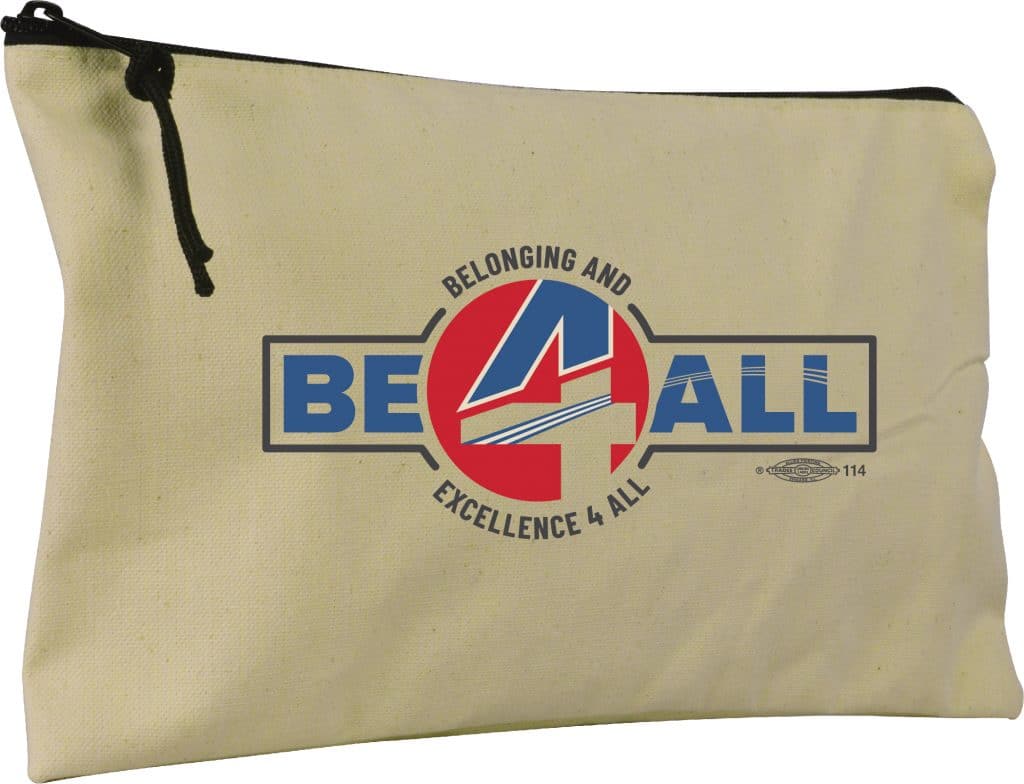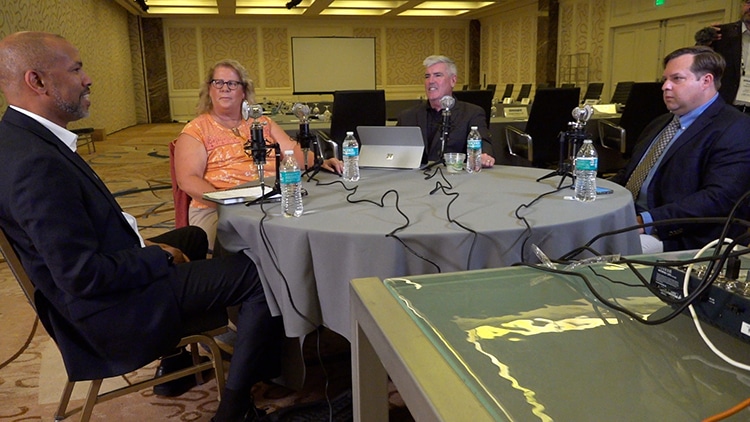The theme of the 2023 SMART Leadership Conference was “This Is Our Time!” In recognition of this important moment — for both our union and the industry — we invite SMART members to practice the five skills of the BE4ALL (Belonging and Excellence for All) leader.
These core skills help to create welcoming workspaces that foster belonging for all. They are also consistent with the vision and mission of BE4ALL, a joint initiative supported by SMART, SMACNA and the International Training Institute (ITI).
The five practices:
1. Intergroup contact. BE4ALL leaders make intergroup contact a daily practice. Intergroup contact requires that leaders step out of their comfort zone to engage people who are different (or those they perceive to be different). If done on a regular basis, this practice can be life changing. In the book Biased: Uncovering the Hidden Prejudice That Shapes What We See, Think, and Do, author Jennifer Eberhardt, a Stanford social psychologist, notes that “personal connections can override the power exerted by implicit bias.” There are several ways to practice intergroup contact. In the workplace, the strategy may involve regular lunch meetings or check-ins with coworkers in which two people get to know each other beyond job titles and roles. In private life, intergroup contact could take the form of participating in a diverse social club or community association.
2. Micro-affirmations. BE4ALL leaders also practice micro-affirmations. Micro-affirmations are small — but important — ways that we can acknowledge the humanity, dignity and worth of others. They include:
- Name recognition. Asking a person for their name, and then remembering and repeating their name later, is one of the most powerful ways that we can signal to another person: “I see you.” “You matter.”
- Life events. Inquiring about important events in people’s lives. These include birthdays, anniversaries and important holidays. You can record the dates in your calendar – then, when an important date arrives, take a moment to acknowledge the person by sending a card, email or text.
- Feedback and affirmation. Take time to give other people feedback (positive or otherwise). But remember, for feedback to be effective, it needs to be specific and genuine. It’s also important that you have enough of a relationship with the other person that they will be open to receiving what you have to say.
3. Non-biased decision-making. In the Bias and Belonging training sessions conducted by the ITI, instructors offer several tools to assist with non-biased decision-making. These tools include the use of mental scripts. A simple mental script goes like this:
What if I’m wrong, and what’s happening in this situation is not (what I think it is)? But, instead, it’s (something else).
For example, what if the reason why the apprentice has been late three days in a row has nothing to do with a lack of work ethic? Instead, maybe the person is homeless and sleeping in their car.
Mental scripts invite us to pause and challenge our assumptions before making a decision.
4. Courageous conversations. BE4ALL leaders regularly practice courageous conversations. A courageous conversation is an exchange between two people. Usually, the conversation is initiated in one of two situations: a) when we feel that we have been wronged by another person and/or; b) when we have done or said something (real or perceived) to wrong another person.
In a recent article, we laid out the seven “As” of a courageous conversation.
But there are two that are foundational for every leader. They are
- Anchoring: Preparing yourself — mentally and emotionally — before the conversation. This provides a reserve of energy to tap into for what can be a long and uncomfortable process. Preparation may include listening to music or going for a walk or run.
- Acknowledging: Share with the person ways that you may have contributed to the problem or tension. To do this, simply say: “I want to acknowledge that, at times, I can be (or I may have done) ______________. And this may have contributed to the problem or tension we have.
The above practice is often referred to as looking in the mirror leadership versus looking out the window (where we blame and point fingers at others).
5. Remembrance and repair – the two “Rs” of history. Finally, the effective leader takes the time to understand the history of diverse groups. In BE4ALL Learning Journey sessions, we often talk about the two “Rs” of history — remembrance and repair. Remembrance is the practice of reflecting on the past, and looking for lessons that we can apply to the future. Repair is the practice of taking action — as individuals or through our organizations — to repair any harm caused by the past, and to ensure that the past does not repeat itself.
One of the easiest ways to practice remembrance is by visiting museums, either in person or virtually. Below are several resources — each with virtual exhibitions, teaching resources and more that can be accessed via each resource’s website — that leaders can use to support their practice work. Do not just “visit” the exhibits once. Instead, make it a ritual.
The exhibits and resources are:
National Museum of the American Indian (NMAI). The NMAI collects and preserves the world’s most expansive collections of Native artifacts and is committed to serving the greater public as an honest and thoughtful conduit to Native cultures — present and past — in all their richness, depth and diversity.
Asian Pacific American Center (APAC). Bringing history, art and culture to you through innovative museum experiences and digital initiatives with the goal of enriching the American story with the voices of Asian Pacific Americans.
LGBTQ+ History. Resources curated by the Smithsonian with LGBTQ+ connections, including archival collections, videos and online exhibits.
National Museum of African American History and Culture (NMAAHC). Devoted exclusively to the documentation of African American life, history and culture.
American Women’s History Museum. Decades in the making, the American Women’s History Museum’s physical location is not yet complete. With a digital-first mission and focus, the online museum amplifies a diversity of women’s voices, highlighting contributions women have made to America’s most defining moments.
Museum of the American Latino. Currently being built to recognize the accomplishments, history and culture of Latino communities.
United States Holocaust Memorial Museum. A living memorial to the Holocaust, the United States Holocaust Memorial Museum inspires citizens and leaders world-wide to confront hatred, prevent genocide and promote human dignity.


